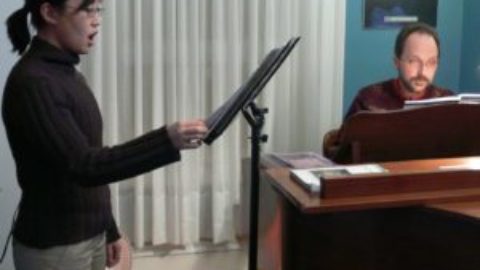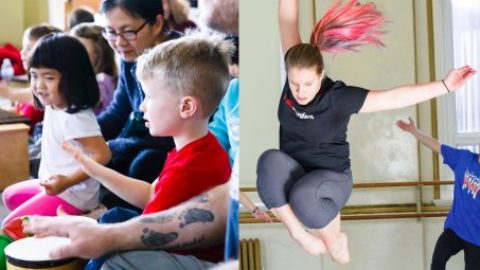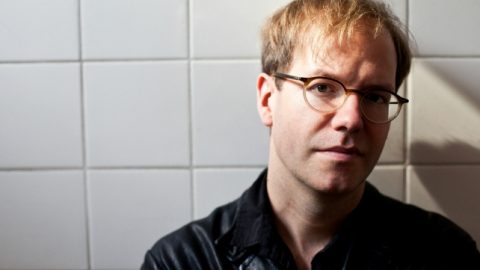
Ayda Ghaffari Brings Passion to HCA’s Art Studio
126 James Street South, Hamilton, ON L8P 2Z4
905-528-4020 | [email protected] @hcarts

-
THINGS TEACHING HAS TAUGHT ME
Allison Warwick, , HCA Blog, 0
Our faculty of instructors are experts at what they do. Many are performers, specialists in their fields, award-winners, and...
-
Register for Family Arts Day: February 17
Allison Warwick, , HCA Blog, 0
Family Arts Day at HCA Free All-Ages Arts Activities! Monday, February 17, 10am-2pm Explore all the arts have...
-
Updated COVID-19 Action
Allison Warwick, , HCA Blog, 0
Dear HCA Family, Due to the evolving COVID-19 situation, Hamilton Conservatory for the Arts has decided to extend our...
-
Cancellations as of 5:30pm
Allison Warwick, , HCA Blog, 0
CANCELLED CLASSES – NOVEMBER 11, 2019 Eleanor Bull: Elementary Ballet, Conditioning/Stretch, and Intermediate Adult Ballet) Stephanie Lawlor: Adult Acting...
-
The Code Inside You
harold, , HCA Blog, 2
You get used to them: the computer algorithms that run your life. From the code that curates your morning...
-
David Braid & The North Play James South
Allison Warwick, , HCA Blog, 0
Try to list David Braid’s recent musical accomplishments aloud and you’ll run out of breath quickly. Take a listen...
-
Statement Regarding COVID-19
Allison Warwick, , HCA Blog, 0
Dear HCA Family, In response to inquiries from our HCA families, we would like to confirm that we are...
-
Helping the Hamilton Conservatory for the Arts out the door – Laura Kappel on the changing Hamilton Arts scene and HCA’s very own Dance Theatre.
harold, , About HCA, HCA About, HCA Blog, HCA Dance Theatre, HCA History, HCADT, News, 0
It’s been 14 years since the Hamilton Conservatory for the Arts (HCA) opened its dance company. But Outreach Manager Laura...







Hi Ayda,
Do you have an visual art class in Stoney creek too?